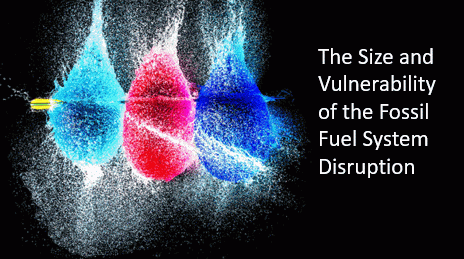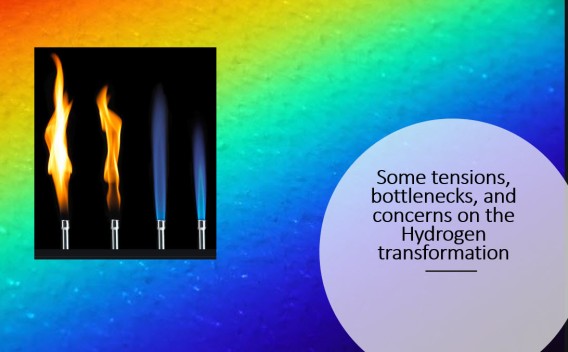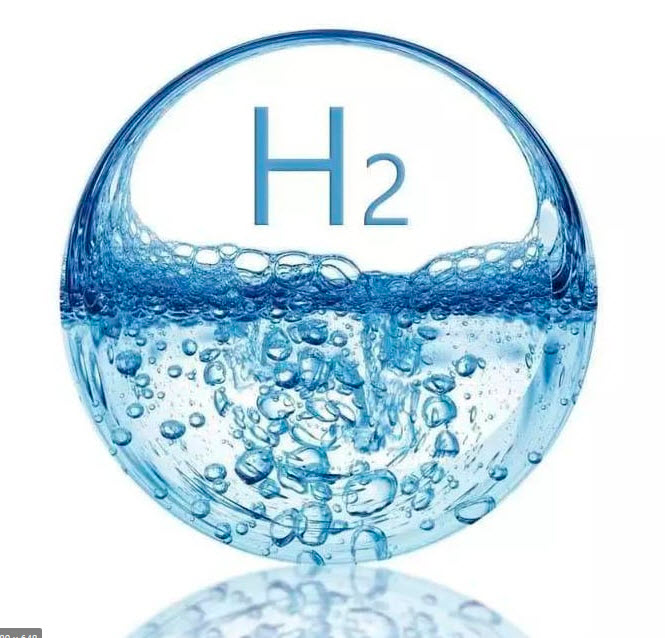
Hydrogen is undoubtedly becoming the big agenda ticket within any Energy Transition. It is the promise of being a central pillar for many parts of the world to achieve their decarbonization targets to get as close as they can to zero carbon by mid-century.
Hydrogen seems to hold, it seems, such a promise, but it is nearly all to do. There is so much to validate, prove, and certainly scale. We have some exciting pilots, even some emerging commercial-scale projects.
Still, these pilots or pockets of limited commercialization are not connected up or integrated into a Hydrogen Economy. So far we are not able to scale sufficiently to generate that same unstoppable momentum that Wind and Solar as sustainable renewables are achieving, in dislodging fossil fuels.
Today we do not yet have a Hydrogen infrastructure, market and price competitiveness, or overarching policies to build into a movement that shifts the energy needle.
We have lots of desire and willingness, some recent infusion of development money, especially here in Europe, but we do need to now make hydrogen really happen on a commercially sustainable basis. Continue reading







 Something that will take thirty to forty years to turn from being ambitious and full of intent into realization is hard to relate too. Hydrogen is one of those promised solutions that can potentially allow us to achieve our “net-zero” carbon ambitions that have been “set in stone” (The Paris Agreement) dealing with greenhouse-gas-emissions mitigation, signed in 2016 that we need to achieve by 2050.
Something that will take thirty to forty years to turn from being ambitious and full of intent into realization is hard to relate too. Hydrogen is one of those promised solutions that can potentially allow us to achieve our “net-zero” carbon ambitions that have been “set in stone” (The Paris Agreement) dealing with greenhouse-gas-emissions mitigation, signed in 2016 that we need to achieve by 2050.